eSports
Strategies for Winning in eSports Games: What to Learn from the Champions
Learn champion-level esports strategies for mobile gaming. Discover proven practice habits, tactical drills, mindset tips, and the tech champions use to win more games and rank up.
Advertisement
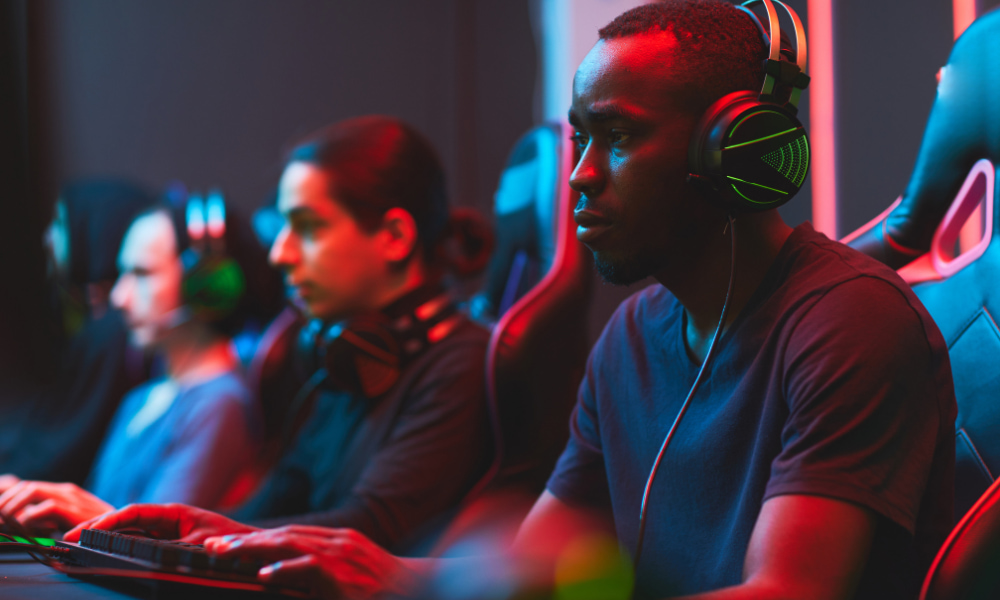
Picture entering an arena packed with gamers and fans, each person striving for victory through skill and precise timing. The champions excel because they harness esports strategies tailored to their games and teams.
Competitive gaming is about more than just fast reflexes; it’s an ecosystem fueled by preparation, learning, and adaptability. Whether you play on a mobile device or PC, understanding elite approaches can push your performance further.
This article invites you to look deeper at the proven methods champions use to turn tense battles into wins. Ready to pick up actionable esports strategies from the best? Read on to raise your game.
Building Rock-Solid Foundations with Practice Rituals
Sharpening skills requires deliberate routines, not hours of unfocused gameplay. Adopt structured schedules to develop core mechanics and remain competitive in the world of esports strategies.
Top players break practice into targeted blocks—aim training, movement drills, and scenario simulations. This systematic approach ensures steady progress while reinforcing specific strengths for their respective games.
Morning Micro-Goal Sessions
Starting each gaming session with clear micro-goals, such as landing consecutive skill shots or surviving two simulated ambushes, drives purpose. Champions often set achievable, incremental targets that they can measure and adjust daily.
This tactic mirrors athletic warmups: brief, intense bursts build muscle memory and mental focus. Try stating your objective aloud, like, “I’ll improve my reaction time for jungle ambushes in 20 minutes.”
Jot down what you accomplished with each session. Reviewing progress adds confidence, reinforces learning, and shows where to fine-tune your approach, a cornerstone of strong esports strategies.
Scenario-Driven Drills for Team Communication
Practice gains depth when repeated with teammates in scripted scenarios. Fan-favorite mobile game squads rehearse roles as attackers, defenders, or support, using callouts drawn from professional matches.
During one drill, a leader calls “backline under fire,” prompting immediate positioning changes. Observing what worked helps teams sync communication ultrasmoothly. Champions review footage, analyzing dialogue while tweaking tactics for clarity and speed.
Apply these small group exercises weekly. Rotating shot-caller roles helps every player build leadership habits—critical for those who want to master elite esports strategies.
| Practice Tool | Focus Area | Time Commitment | Champion’s Tip |
|---|---|---|---|
| Aim Trainers | Accuracy | 10-20 minutes/day | “Warm up before matches—avoid fatigue later” |
| Replay Reviews | Awareness | 15 minutes/session | “Spot missed cues together for faster fixes” |
| Role Swaps | Flexibility | Per match/week | “Rotate once weekly to prevent stagnation” |
| Puzzle Apps | Decision Speed | 5-10 minutes/day | “Boost mental agility between games” |
| Voice Chat Scripts | Team Talk | 5 minutes/day | “Train clarity under stress—keep it simple” |
Turning Game Knowledge Into In-Game Power
Reading patch notes and studying evolving game metas builds a tactical advantage. Staying informed lets you apply esports strategies that reflect current best practices, not outdated habits.
Champion players absorb changes quickly, adapting to the latest shifts. They consult guides, test new playstyles, and converse with teammates, actively cycling through fresh tactics as needed for their competitive titles.
Analyzing Meta Shifts for Competitive Advantage
Champions organize team meetings following major updates. They review new hero buffs, item changes, or map reworks in detail, noting direct implications for their main roles.
Phrase like, “Jungle paths now favor top lane rushes; let’s adjust openings.” echoes in their discussion. They even simulate a few rounds with the new changes, watching for emergent strategies from rivals.
- Review changelogs with your team—allocate 10 minutes and summarize key points.
- Coordinate practice matches emphasizing new content, honing comfort with surprises.
- Bookmark content creators who break down complex changes concisely and regularly.
- Draft and share a quick-reference note with teammates—visual reminders cement retention.
- Set recurring calendar alerts to revisit meta updates and reinforce learning.
Continual learning around the meta pays immediate dividends, embedding flexibility into your team’s suite of esports strategies.
Refining Tactics with Scrimmage Feedback
Elite squads record friendly matches, scrutinizing turns, rotations, and late-game calls. Reviewing scrims (practice games) exposes weaknesses in team coordination and solo decision-making.
An analyst might point to a lost turret and say, “This overextend lost map pressure—what could we call next time?” Specific, non-blaming commentary motivates growth instead of frustration.
- Share feedback individually post-match, keeping notes focused and concrete.
- Assign a player each game as the “review captain,” ensuring feedback cycles remain fresh.
- Limit feedback sessions to 15 minutes to avoid burnout and foster productivity.
- Remind teammates to revisit old feedback weekly and track progress over time.
- Pair constructive criticism with positive reinforcement to sustain morale.
With every review cycle, your lineup sharpens responses using a toolkit of proven esports strategies for fluid, effective play.
Tightening Decision-Making When Every Move Counts
Responding to opponents’ actions under pressure is the ultimate test. Champions rely on streamlined communication and pre-agreed cues to speed up tough calls with precision.
Four-second decisions can define matches. Simple, practiced esports strategies for clutch moments prevent confusion and shift games in your favor.
Pattern Recognition to Preempt Opponent Moves
High-level play rewards players who read recurring setups from the enemy. Champions keep mental notes during matches: if the enemy support disappears after minute ten, an ambush likely looms nearby.
Players signal danger with two quick words, like “brush missing”—everyone immediately rotates, preventing isolated picks. Reinforcing these calls transforms scattered reactions into unified defense.
Teams drill this process in custom lobbies, echoing coaches’ advice: “Spot the same map habits, speak fast, move as one.” This method tightens collective intuition and reaction speed.
Reacting as a Cohesive Unit in Real Time
Besides quick calls, successful teams assign one shot-caller to finalize plans when time is short. Everyone agrees in advance to act immediately on key commands such as “commit” or “retreat.”
During team-fights, the shot-caller might state “focus marksman,” and the squad pivots together with timing that feels instinctive. This technique stems from countless scrims and a shared trust in rehearsed esports strategies.
Practicing snap decisions as a full team reduces hesitation that can cost games, critically in mobile titles with shorter round timers.
Tuning Mindset and Mental Stamina for Greater Success
Outperforming rivals requires steady focus, especially during setbacks. Players train their minds for composure, setting routines that boost clarity and resilience when the match tilts the wrong way.
By integrating mental drills into practice, you’ll gain the edge champions use for consistency and recovery in the face of hard losses. This is the silent backbone of great esports strategies.
Taking Mental Breaks for Sharper Gameplay
Structured rest prevents the brain from becoming overloaded. Many elite squads pause for five minutes after every few games, stepping away from screens and stretching out to reset their minds.
Some meditate briefly or focus on breathing to slow their pulse. Players swap positive stories or watch light-hearted videos, using laughter as a reset button to clear frustration.
Rejoining matches with a clear mindset breeds sharper focus, faster decision-making, and more reliable performance under pressure.
Handling Tilt and Frustration as a Team
Champions break negative cycles by assigning “tilt checks”—anyone can call a reset mid-match if tension spikes. They agree in advance on simple scripts, like “group pause, water break, everyone deep breath.”
These micro-interventions prevent heated words or reckless decisions. Over time, mutual support becomes a habit, boosting trust and emotional resilience.
Squad leaders praise cool-headed responses after stormy rounds, reinforcing that strong mental game is a pillar of their esports strategies.
Elevating Individual Play While Supporting Team Goals
Balance enables teams to thrive: every player must prioritize their specialty without ignoring group tactics. Pros blend self-driven practice with team scrims, so both personal skills and shared synergy advance together.
Mobile game stars excel by continually updating one trick—maybe turret diving or jungle vision—while rehearsing coordinated attacks for major objectives. This blend sustains steady progress that multiplies under tournament pressure.
Cultivating Signature Moves for Impact
Developers of strong esports strategies push players to build signature moves that add value. An example: perfecting a unique escape tactic, such as double-dashing through terrain.
Swapping tips and challenging teammates sharpens these skills. Scrim footage often highlights such moments, spotlighting players for their reliable execution when it counts.
Juniors might be assigned to study a pro’s stream, then demo the move live. Constructive feedback cements improvement and encourages creative learning.
Adapting Personal Goals to Team Objectives
Balancing your progression with group priorities looks like declaring a practice focus—”vision placement”—then syncing it with team needs in strategy sessions.
If your squad faces repeated ambushes, shifting solo time into support-centric drills benefits everyone. Champions communicate regularly about tradeoffs so that individual growth aligns with the roster’s current goals.
This collaboration ensures all pieces fit smoothly, maximizing the impact of core esports strategies at every stage.
Leveraging Technology and Data for a Competitive Edge
Winning players embrace high-tech tools to enhance training. Analytics software tracks in-game stats, revealing weak spots, while mobile apps automate skill reviews for faster feedback on the go.
Custom overlays, performance graphs, and tactile controllers refine each session. Choosing the right setup helps sustain best practices as part of your daily esports strategies—and delivers actionable insights between matches.
An Example: Smart Stat Tracking During Practice
Players record kill/death ratios, damage distribution, and ward placements using simple tracking sheets or apps. Reviewing these stats weekly highlights developing trends and performance plateaus.
After observing a dip in accuracy, a player sets a new weekly aim challenge. Another switches to a different loadout, tracking results directly after each session in a shared workspace.
This data-driven, routine-oriented approach ensures nothing slips through the cracks during high-stakes competitions.
Integrating Mobile Tools for On-the-Go Improvement
Mobile gamers use note apps to log post-match reflections. Icons mark standout moments or mistakes, forming visual cues for later practice focus. Chatbots or reminders prompt daily skill check-ins to keep routines tight.
If traveling, champions review highlights from global tournaments via streaming apps, benchmarking their reactions against pros in real time. Paired with headphones, these micro-lessons fit any schedule.
Small, steady adjustments from digital tools create compounding gains, continuously updating your roster of proven esports strategies.
Conclusion: Bringing Championship Habits Into Your Everyday Play
Throughout these sections, we’ve dissected the training, mindset, and technology behind championship victories. Each piece links seamlessly to another, revealing a holistic approach to personal and team progress in esports games.
These lessons stretch beyond titles or patch cycles. Top-tier players build consistent habits, embrace group accountability, and use digital tools to chase improvement. You can adapt these concrete esports strategies to mobile gaming or any competitive environment.
Remember: success is shaped not just by mechanical skill, but by focused self-review and relentless collaboration. Try one champion-inspired process today—see what difference it makes for your game tomorrow.
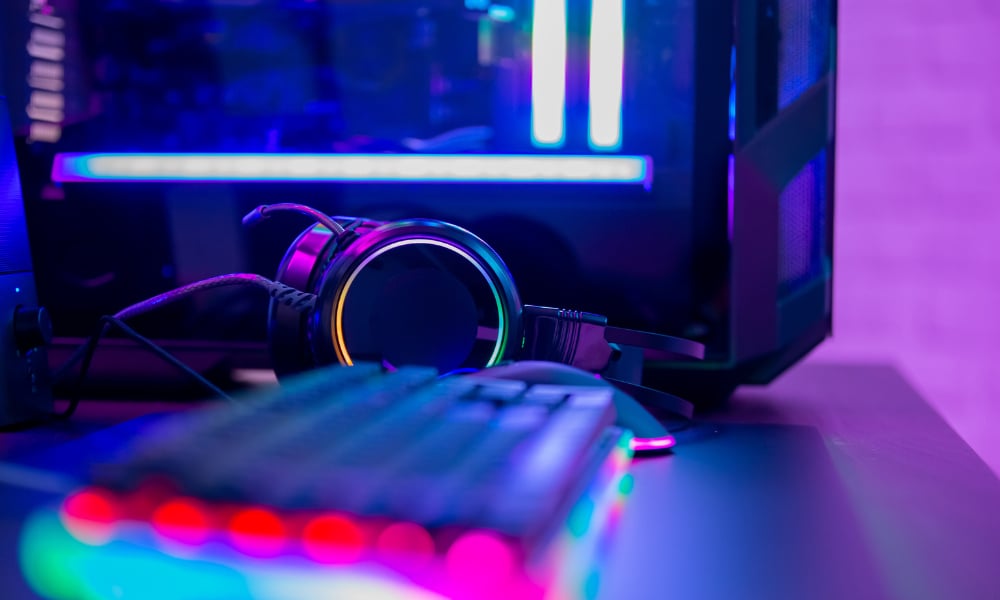
The Ultimate Guide to Starting a Career in eSports
Building an eSports career requires setting clear priorities, refining skills, and engaging with the community for long-term success.
Trending Topics
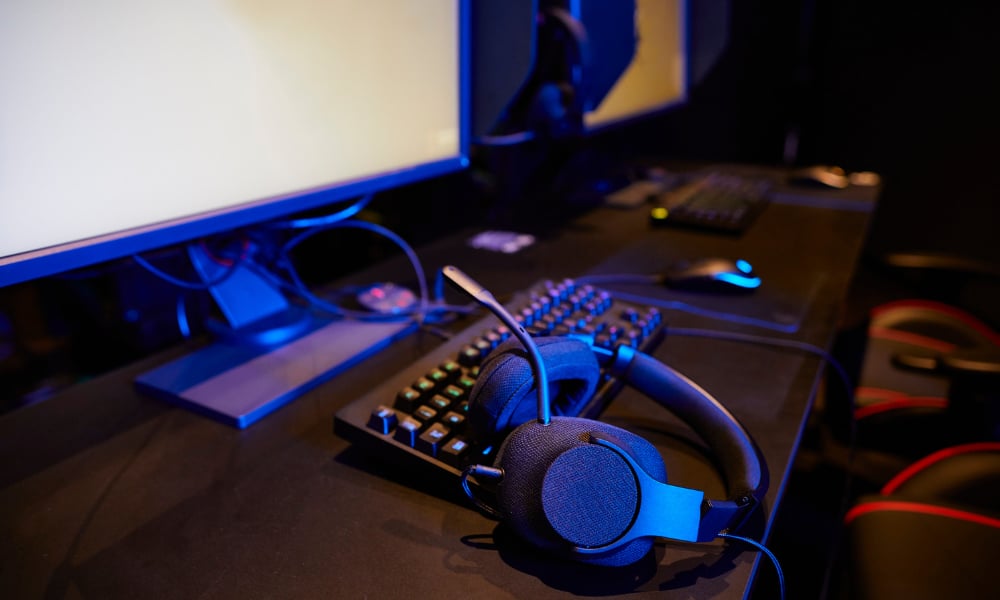
The Evolution of eSports: From Hobby to Global Profession
From LAN roots to mobile arenas, the evolution of eSports blends passion, skill, and tech—turning gaming into global opportunity.
Keep Reading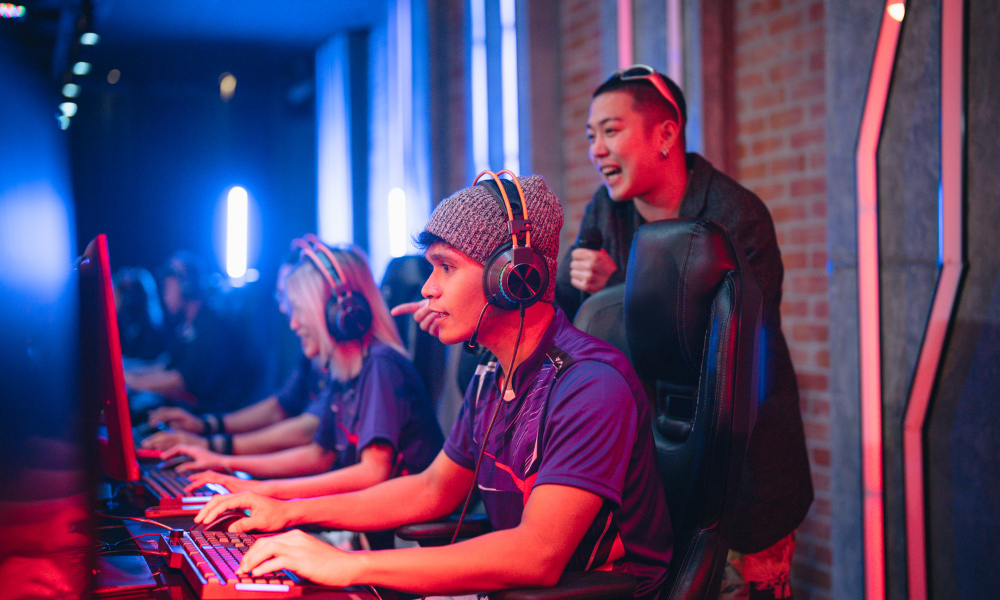
The Rise of eSports: The Future of Competitive Gaming
The rise of eSports has transformed competitive gaming into a global movement, driven by teamwork, technology, and community.
Keep Reading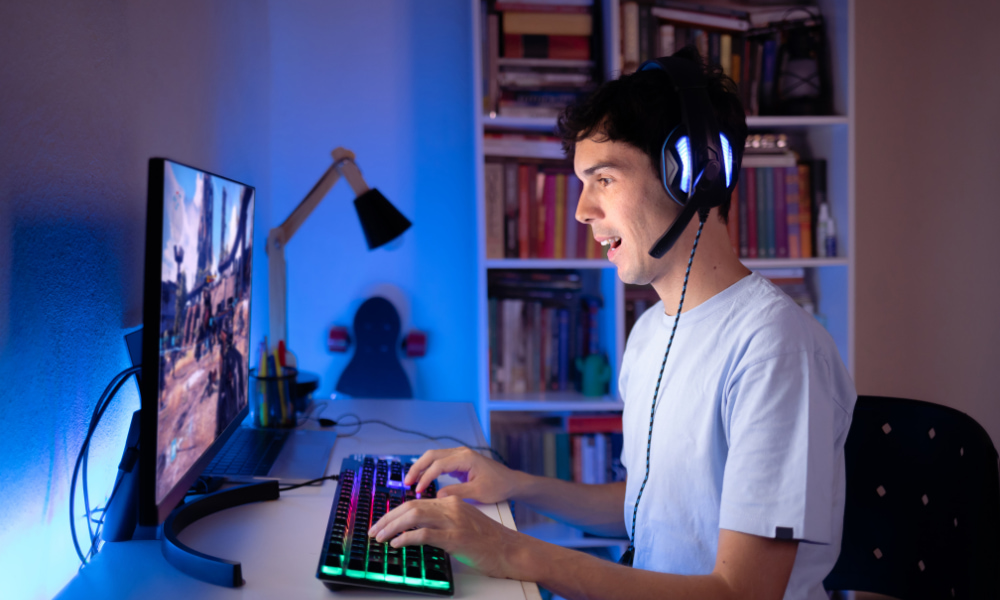
Improve Your Communication in Multiplayer Games with These Tips
Master multiplayer games communication with tips on callouts, active listening, and team coordination for smoother gameplay and more wins.
Keep ReadingYou may also like

Mobile Adventure Games: Find the Perfect World to Explore on Your Phone
Explore immersive worlds on your phone with mobile adventure games! Follow tips for picking, playing, and mastering your next adventure.
Keep Reading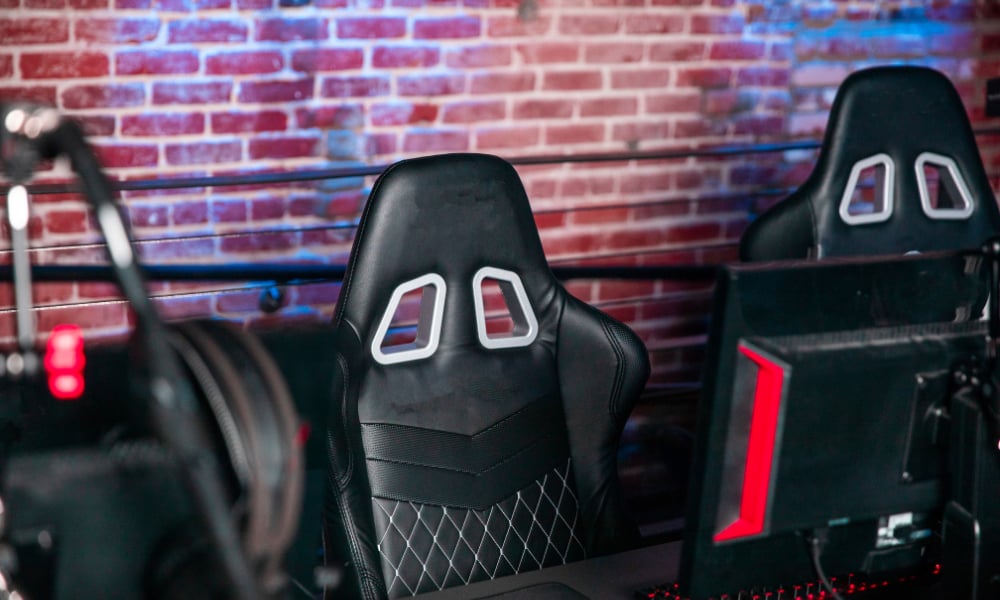
The Best Equipment for eSports Players and Competitors: Gear That Delivers Results
Pro eSports gear boosts reaction, comfort, and focus—fine-tuned equipment transforms every match into a consistent winning edge.
Keep Reading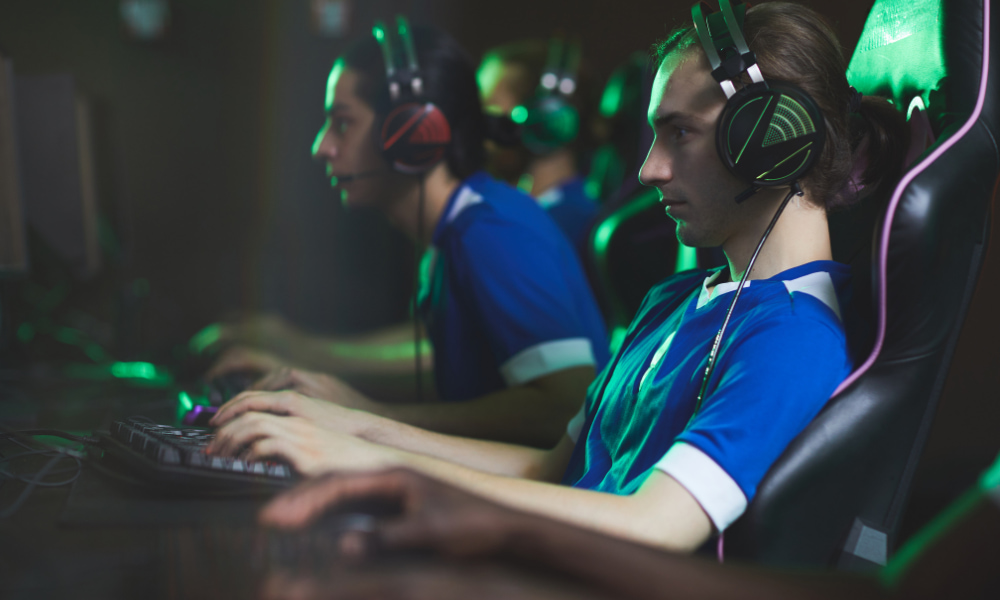
The Importance of Mental Training in eSports Performance
Mental training eSports boosts focus, stress management, and team communication, helping mobile gamers improve consistency and performance.
Keep Reading